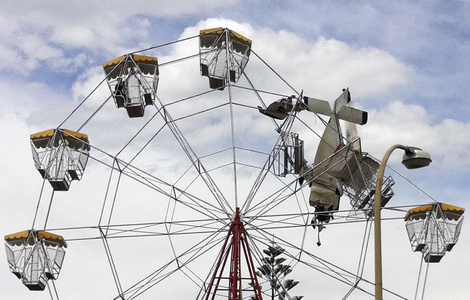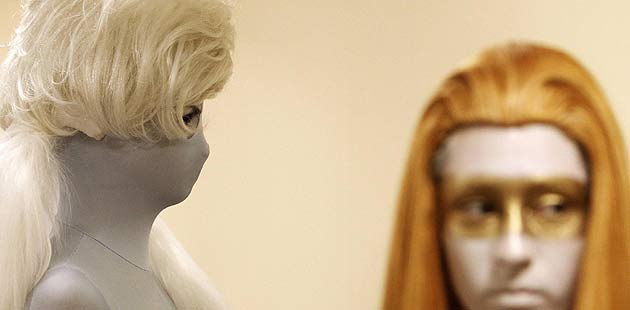Free admission attracts more Chinese to museums
Updated: 2011-10-02 12:30
(Xinhua)
|
|||||||||||
BEIJING - Yang Shucheng, 65, felt excited after seeing some of the country's greatest cultural relics with his own eyes during a visit to the National Museum of China in Beijing.
He felt a little regret over not visiting the museum sooner because he did not want to pay the museum's admission free, which was waived this year.
On an ordinary Sunday, Yang visited the museum on the east side of Tian'anmen Square. He received a free ticket after showing his identity card to a ticket clerk, and started his half-day tour of one of the world's largest museums.
"I would have not come here if it were not for free," said Yang, a retiree. "I used to spend too much on tickets."
The museum reopened in March after renovations, exempting every visitor from paying the previous ticket fee of 20 yuan ($3.1). Although it seems like an almost negligible amount, the fee was prohibitive for some visitors, like Yang.
Like the National Museum, most of the museums around China no longer charge admission fees. According to the State Administration of Cultural Heritage (SACH), 1,893 museums and memorial sites accept visitors free of charge.
The free admission policy triggered a sharp increase in the number of visitors to museums across the country. According to statistics compiled by SACH last year, the number of visitors increased by 50 percent in the first year after the government urged all museums to open without ticket fees.
The central government issued a notice in early 2008, calling for free admission at all museums and memorial sites administered under SACH.
The central government allots 2 billion yuan in subsidies annually in order to maintain the operation of museums.
Cheng Jianzheng, curator of the Shaanxi Historical Museum in northwest China, told Xinhua that the museum's infrastructure and services improved greatly after it received 50 million yuan from both the central and provincial governments.
After more than 30 years of economic prosperity and social stability, China is now paying more attention to its culture, heritage and arts -- fields which are seen as not being very profitable compared to finance or manufacturing.
"The free admission policy has accelerated museums' steps for merging into society, and raised the the public's awareness," said Shan Jixiang, director general of SACH, in June.
"Museums' public service capacities have also improved," said Shan.
But new problems are arising, as some major museums face issues with service capabilities due to the increase in visitors.
Meanwhile, abolishing ticket fees has not helped smaller museums attract visitors.
"The free admission policy is not enough," said Song Xiangguang, a professor with Peking University. "We need to be more innovative, and organize more exhibitions outside museums."
Hot Topics
Libya conflict, Gaddafi, Oil spill, Palace Museum scandal, Inflation, Japan's new PM, Trapped miners, Mooncake tax, Weekly photos, Hurricane Irene
Editor's Picks

|

|

|

|

|

|







